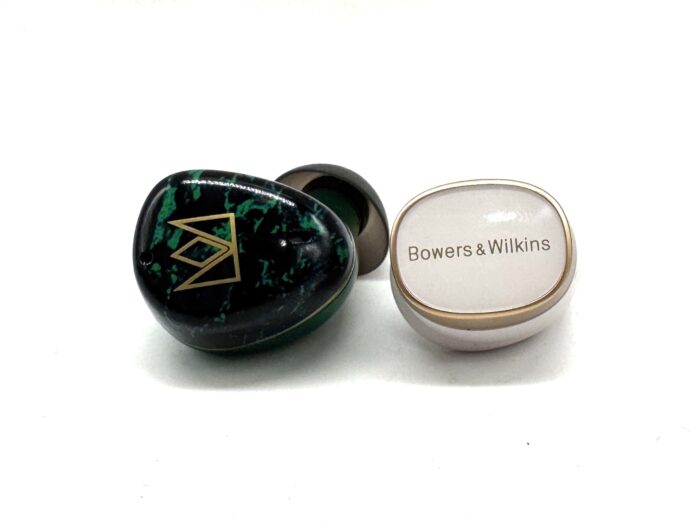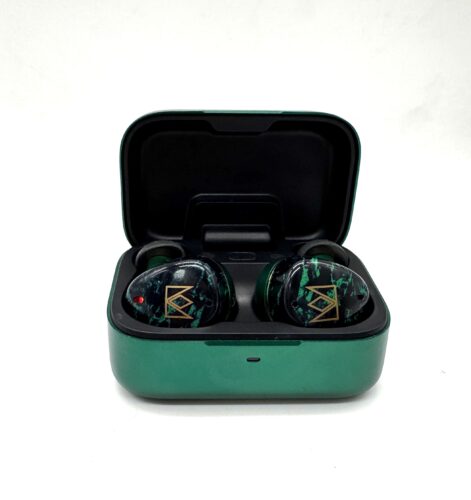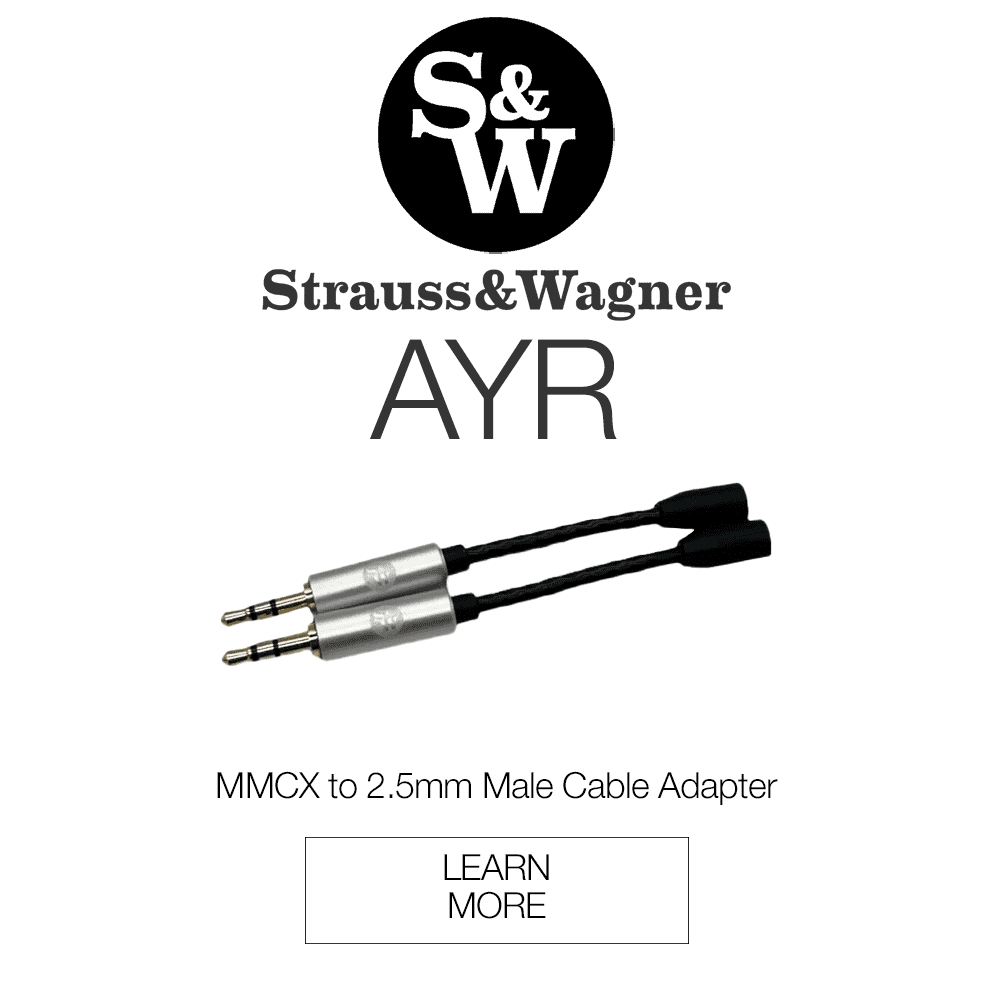Choosing wireless earbuds can be tricky, especially when you get to the higher end side of the spectrum. There are a ton of options to pick from, all with their own unique strengths. If you read our list of top true wireless earbuds of 2024, then you know we loved the Bowers & Wilkins Pi8 and the Noble Audio FoKus Rex5. These models, coming in at $399 and $449 respectively, stand at the upper echelon of Bluetooth earbuds. With features that improve on their own product lines and push wireless earbuds forward altogether, we wanted to compare the two in more detail to help distinguish which is the better option going into 2025.
Unboxing the Pi8 and Rex5:
| Bowers & Wilkins Pi8 | Noble Audio FoKus Rex5 |
|
|
Build of the Rex5 and Pi8:
The Bowers & Wilkins Pi8 and Rex5 take vastly different approaches to their builds, both with their own unique appeals. The Pi8 is more modern and minimalist. It features a slim and light housing and comes in three colors: Anthracite Black, Jade Green, and Dove White. It improves on the Pi7 S2’s build in that it’s much more comfortable to wear. Its lightweight and ergonomic design is furthered by its IP54 water and dust resistance, making it a great choice if you’re looking to exercise or bring them on an adventure. Its case is equally minimalist, matching in color and presenting the name “Bowers & Wilkins” on the front.
On the other hand, the Rex5 is visually much more of a statement piece. The color green takes center stage here, with a beautiful aluminum and acrylic housing that has a great sense of flare. They are bright and contrast the Pi8’s minimalism. But I would have to say they both look great in their own individual ways. Which one looks better will certainly be a matter of preference. The Rex5 is a bit heavier than the Pi8 and doesn’t have an IP water resistance rating, so they may be less suited for taking to the gym or by the pool. That said, I never found them uncomfortable when on the move and their slightly heavier weight never bothered me.
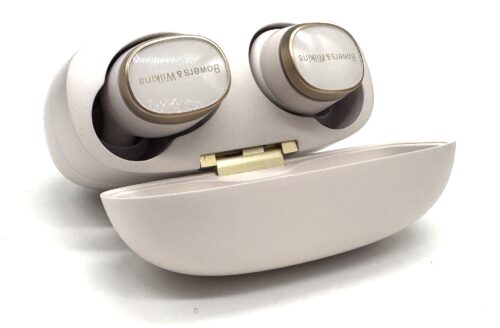
Design:
Both of these earbuds made leaps and bounds with their designs. Bowers & Wilkins impressed with their approach to the Pi8, which upgraded the sound quality from the Pi7 S2. It uses a 12 mm Carbon Cone driver which looks to create a warm and engaging sound. It also incorporates some technical features like touch sensors on the surface of the earbuds which allow for playback control and other settings changes. Of course you can also control settings even further in the accompanying app. It also offers very good noise cancelling capabilities, with ANC and passthrough modes both offered.
If the Bowers & Wilkins Pi8 is made to be more minimalist and usable, then the Rex5 matches it by leaning into customizable features and a design that looks to establish it as a wireless IEM rather than just an earbud. Noble Audio’s Rex5 uses five drivers (one dynamic, one planar, and three BA) to achieve its sound quality. Like the Pi8 it does utilize touch sensors, but it’s the app that houses its strongest features. First there’s Noble’s collaboration with Audiodo, which allows users to customize their EQ settings to their own unique hearing profiles. Simply take the in-app test and the Rex5 will deliver you your custom sound. You can also further customize the EQ in the app and control its ANC functions as well. I won’t spoil any thoughts sound quality, but the custom EQ feature elevates the Rex5’s listening experience to another level.
Bluetooth:
One of our favorite things about the Bowers & Wilkins Pi8 was its offering of codecs. While both earbuds operate on Bluetooth 5.4, the Pi8 is the only one that offers aptX Lossless for compatible devices. It also provides multipoint connection, which can be important when using the earbuds across multiple devices. The only note we’ll put here is that in our extended testing, we found there to be issues with dropouts. They were infrequent but present, and worth noting.
Now while the Rex5 doesn’t offer aptX Lossless, it still gets you up to LDAC and uses Qualcomm’s QCC3091 chip to mirror audio between the left and right channels. Like the Pi8, they come with multipoint connection and, notably, can keep your custom EQ settings intact when switching between devices. Signal strength is quite good here, with few issues with connectivity.
Battery Life:
The Bowers & Wilkins Pi8 brings a lot of excellent, forward thinking features to the table. But a drawback of its excellent design and performance is its battery life. You get 6 and a half hours of listening from a single charge, and it extends just 13.5 more hours when used with the charging case. That said, it does support quick charging both wired and wirelessly. It also adds in an extra 2 hours to your listening experience from a 15 minute quick charge.
The Rex5 has a similar initial battery life at 7 hours off of a charge. But it adds up to 40 hours from the charging case, making this quite a bit better in terms of battery performance. You also get 2 additional hours for your listening experience from a 15 minute quick charge, just like the Pi8.
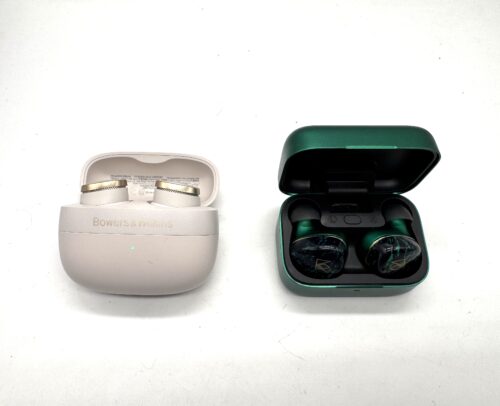
Sound Quality:
Low End:
The Bowers & Wilkins Pi8 has a big but well-implemented bass response. It has plenty of impact and power, with a lush sense of lower tones and midbass notes. It manages to have an overall warm characteristic without being too bloomy or bloated. While it’s definitely bass-forward, I didn’t find it to overwhelm higher frequencies. Overall, I found its bass tuning to be reasonably fun while managing to keep things balanced enough to feel coherent.
Compared to the Pi8, the Rex5 is a bit more neutral. I also want to note that I found the best results to come with the Audiodo EQ settings enabled. The bass response is highly adaptable, matching the needs of the songs it’s reproducing. There’s a solid sense of slam and sub bass rumble, but what makes it so versatile is the sub bass information it can produce. There’s plenty of room for detail, so when a less bassy song comes on, it can provide plenty of information even without an urgent punch being called for.
Midrange:
The Bowers & Wilkins Pi8 sticks with its warm tuning with its midrange. While its bass is forward, it doesn’t fall into the usual v-shaped pitfalls that can occur on some earbuds. The midrange is vibrant and textured. Perhaps it’s a little laid back, but it’s consistent and listenable, keeping this engaging and exciting to listen to while also giving you plenty of the detail you’re looking for in a higher end earbud. I never found there to be much congestion on busier tracks, though I think if the Pi8 had to choose, it would pick energy over detail every time.
The Rex5’s midrange is also on the warm side, but it is a bit more neutral sounding since it doesn’t have the midbass elevation of the Pi8. This can make it more nimble and open, letting its sense of clarity take the stage. Like the bass, it’s quite versatile, serving vocals just as well as orchestral instruments.
Top End:
The top end is what keeps things from being v-shaped. Rather than complementing its more enthusiastic bass response with an aggressive top end, Bowers & Wilkins opts for a more relaxed top end, keeping that sense of warmth as its key characteristic. That said, they still have good presence and brilliance when called for, keeping things from feeling muddy. It makes for a unique and fun sound signature that engages through warmth rather than overall bombast.
Like the Pi8, the Rex5 takes a more relaxed approach to its treble response. There’s plenty of detail, perhaps more detail than on the Pi8, but it never causes any incoherence with the overall sound signature of the wireless earbud. Sometimes it does come off a bit dry, but I found the EQ customizations to help here a great deal. If the Pi8 is more engaging, then I think the Rex5 contrasts it by being more relaxing.
Soundstage:
One of the Pi8’s greatest strengths is its soundstage. It’s wider than many wireless earbuds you’ll find on the market. The key here is the sense of space it offers. Imaging is accurate and precise, but it’s the expansion of space that allows sounds to flesh out through the left and right channels, making for a captivating experience.
The Rex5 on the other hand is a bit more intimate. Its imaging is still quite good, localizing sounds well within the confines of its stereo width. But you aren’t going to get that wider, more engrossing soundstage that comes with the Pi8.
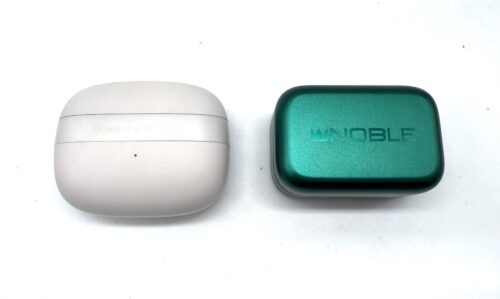
Final Verdict: Pi8 or Rex5?
The Bowers & Wilkins Pi8 and Noble Audio FoKus Rex5 are both compelling options in the sub-500 dollar price range. But your choice will probably come down to preference. If you prefer understated looks, top notch codecs, and a fun, engaging sound quality, then the Pi8 may be the choice for you. However, if you like more artful looks, sophisticated design techniques, and a relaxed, balanced sound signature, then the Rex5 is an excellent choice. Bowers & Wilkins and Noble Audio have each offered great high end Bluetooth earbud options with great listening experiences. They could both serve as great choices entering the new year.
The Bowers & Wilkins Pi8 and Noble Audio FoKus Rex5 are available at Audio46.
Compare the ranking of various headphones, earbuds and in-ear monitors using our tools.
Discuss this, and much more, over on our forum.
---MAJORHIFI may receive commissions from retail offers.


